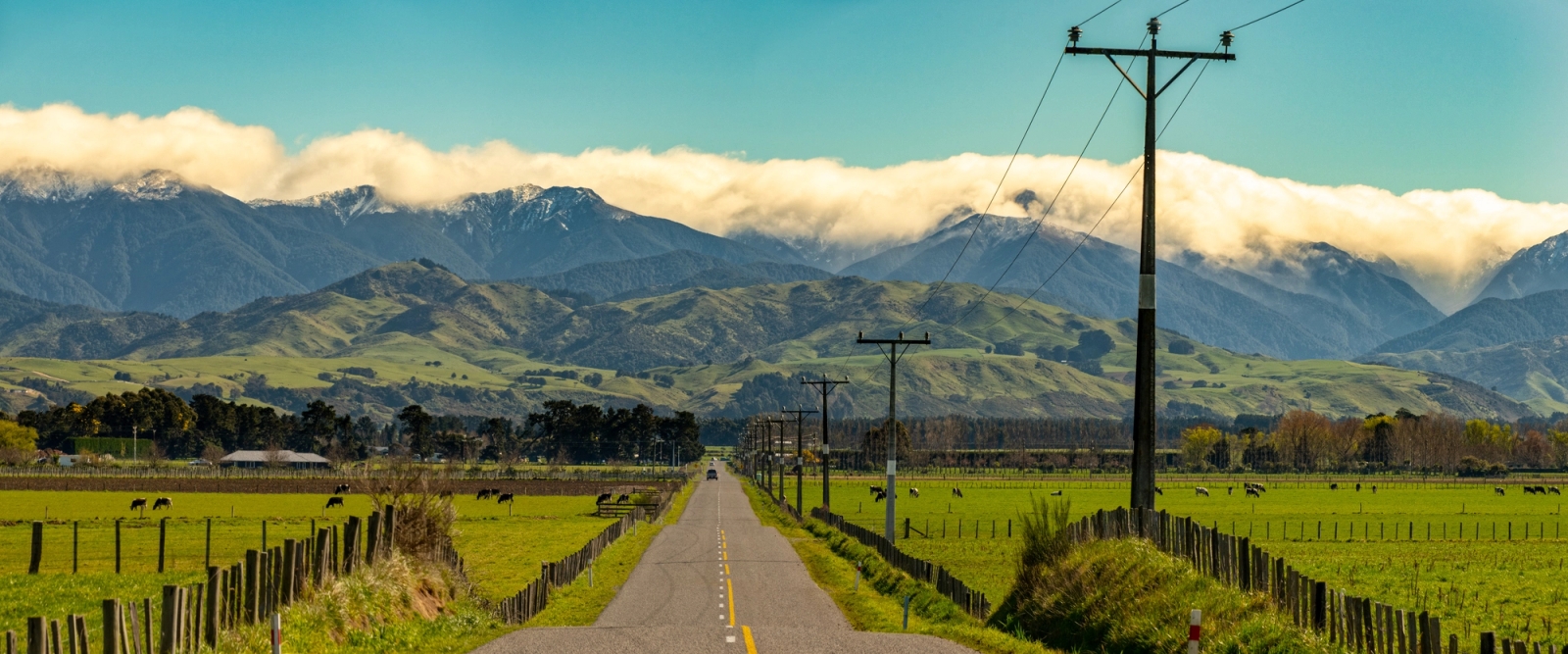
Bridging the Digital Divide with Communication Infrastructure
Bridging the Digital Divide with Communication Infrastructure
Bridging the Digital Divide with Communication Infrastructure
In today's hyper-connected world, digital inclusion is no longer a luxury but a necessity. Yet, the digital divide remains a significant barrier, especially for underserved communities. This divide is not just about access to technology but rather about the lack of communication infrastructure that limits opportunities for education, employment, and social interaction.
Understanding the Digital Divide
The digital divide refers to the gap between those with easy access to digital and information technology and those without access. This disparity can be due to factors such as geography, socioeconomic status, and the availability of infrastructure. For communications cable installers, these challenges demand a nuanced approach considering varying community needs and the technological infrastructure required to meet them.
The Role of Communications Cable Installers
Communications cable installers are the unsung heroes in bridging the digital divide. Their work goes beyond cables; it involves creating pathways connecting people to opportunities. Installers play a vital role in fostering digital equity by ensuring reliable and high-speed internet access. They're at the forefront of bringing the promise of the digital world "Everywhere You Live and Work®."
Real-World Impacts
Consider the case study of a rural community in Appalachian U.S.A. Before the installation of modern communication infrastructure, this community faced limited access to digital resources, hindering both educational and economic growth. With the efforts of dedicated installers, the community now enjoys improved connectivity—enabling remote learning, telehealth services, and expanded business opportunities. Such transformations underscore the critical impact of enhanced infrastructure.
Challenges and Solutions
While the role of installers is pivotal, it is not without challenges. These include:
- Geographical Barriers: Remote or rugged terrains make infrastructure deployment difficult.
- Cost Constraints: High costs can impede comprehensive infrastructure projects.
- Policy and Regulatory Hurdles: Navigating the complexities of local, state, and federal regulations can delay progress.
Potential solutions lie in innovative approaches—leveraging new technologies such as fiber optics, collaborating with stakeholders to share costs, and advocating for supportive policies that encourage investment in infrastructure.
The Future of Communication Infrastructure
As technology evolves, so too does the role of communication infrastructure. Installers are poised to become leaders in integrating advanced technologies like 5G and IoT, making smart cities a reality. Their expertise will be crucial in ensuring that these innovations are accessible to all, reducing the digital divide on a global scale.
Join the Conversation
As we move towards a future where digital inclusion is universal, communications cable installers must continue to adapt, innovate, and advocate for equitable access. We invite you to join the conversation. How can we bridge the digital divide together? Share your insights and experiences to help shape the future of communication infrastructure.
Together, let's ensure that the benefits of connectivity reach everyone, everywhere you live and work®.